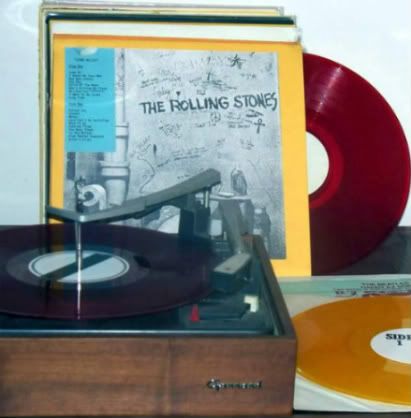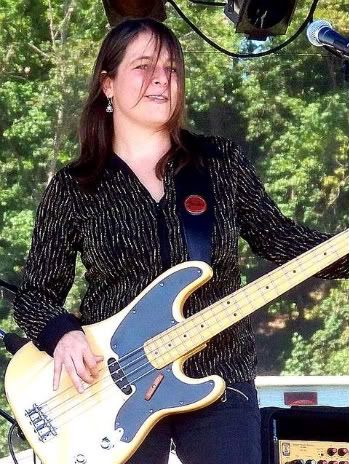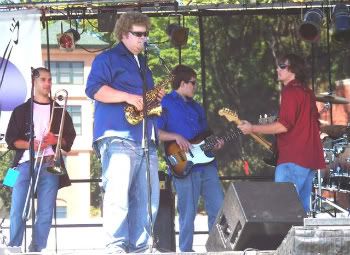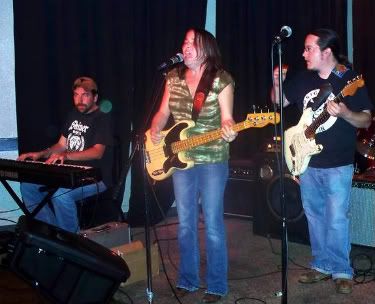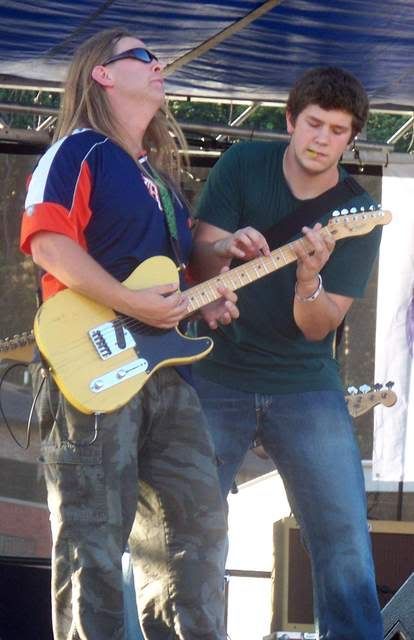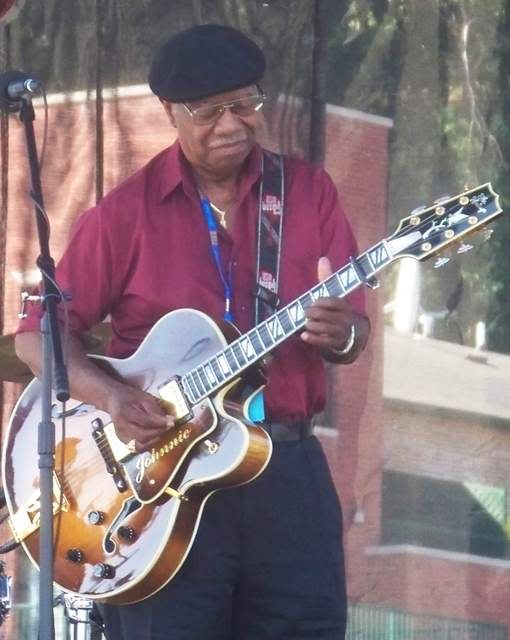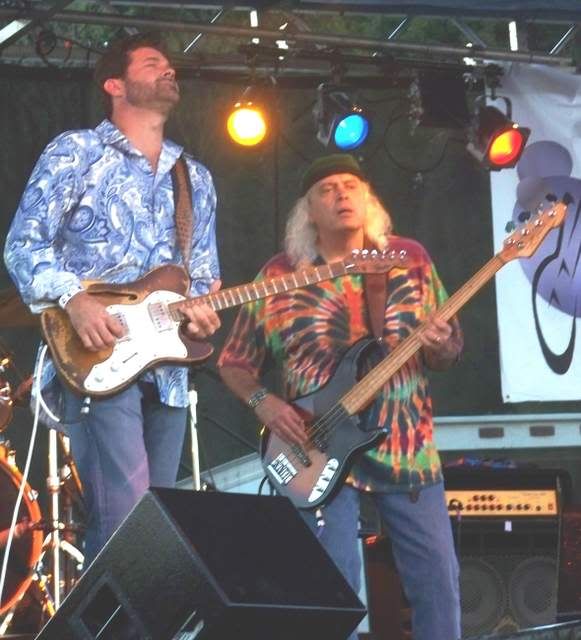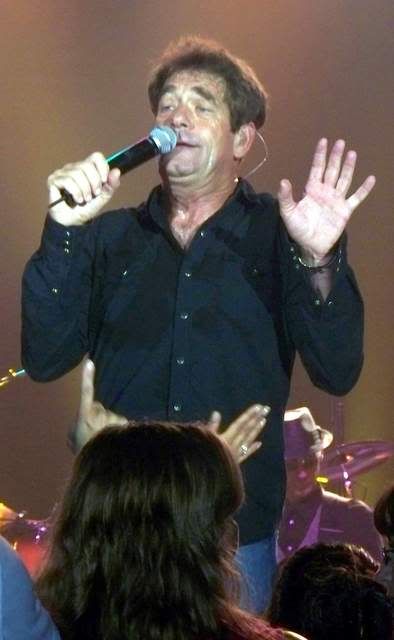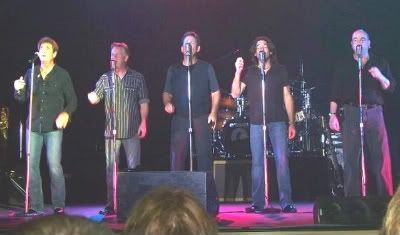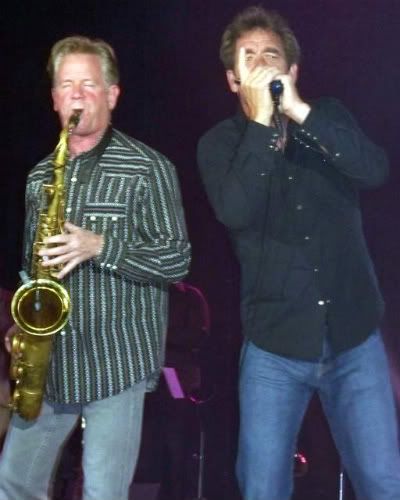
Manufactured by Gretsch, each Traveling Wilburys
guitar featured a unique design.
By STEVE SEYMOUR
I can't play a musical instrument, but that hasn't stopped me from owning a few.
The guitar is beyond my capabilities, yet I have four electric models displayed on my wall.
I'm not a "wanna be" guitar slinger, either. I don't have a musical bone in my body, and I don't have to pick-up a musical instrument to prove it.
But, I love rock 'n' roll and guitars are an ubiquitous symbol of that music.
Just so you know, the first commercially successful solid-body electric guitar emerged in 1946 with the appearance of the Fender "Esquire." Rickenbacher was another early manufacturer.
Innovators of the blues, rock 'n' roll and rockabilly styles all made use of the six-string instrument in the development of their music. Pop music and the electric guitar grew up together.
At the dawn of rock 'n' roll, Bill Haley, Chuck Berry and Buddy Holly stood there with their guitars and made music young people could "dig."
The piano was a strong lead instrument in the early days, too, with Fats Domino, Little Richard and Jerry Lee Lewis pounding out hits of their own.
By the mid- 1960s, a guitar-based sound was the basic ingredient in most rock 'n' roll music of the day. The Beatles' line-up of three guitars and drums became a template for bands of the era.
With Baby Boomers demanding more from their popular music, guitar heroes began to emerge. You know their names: Jimi Hendrix, Eric Clapton, Jimmy Page and so many others.
Musicians might have been aware of the specific instruments these guitar legends played. I just knew I loved the music.
Now, back to those guitars I own.
The Fender Stratocaster Squier model
has been made since 1982.
One is a Fender Stratocaster, with a striking candy-apple red body and a maple fretboard. It's a "Squier" model, made in Korea, serial number E926019. Best of all, it was signed in black magic marker by bluesman and guitarist extraordinaire Robert Cray in 1990.
Cray is known for his late 1980's hits, "Smoking Gun," "Right Next Door" and "Don't Be Afraid of the Dark." Sharp-eyed fans may also remember him as the bass player in Otis Day and the Nights, the fictional band from the movie "Animal House."
Ace Frehley, lead guitarist for the rock group Kiss, signed another guitar. The Hondo "Formula 1 Series" guitar is just an entry level instrument, but it's jazzed up with a red stripe around the body and sports a sharp angular design. The former Kiss guitar slasher signed the instrument's black body with a white marker. Frehley probably hit a high-point in his career in 1978 when he sang "New York Groove," a Number 13 hit.
A member of the British hard-rock band UFO, Vinnie Moore autographed the reverse of another instrument. This white-bodied guitar was manufactured by Fender under the Heartfield imprint. It comes complete with an inspection tag showing the ititials of the workers who assembled the hardware and controls as well as testing it for tone. Moore toured with Alice Cooper and played on his "Hey Stoopid" album.
Facsimile signatures of the Traveling
Wilburys are reproduced on the back of the
Gretsch TW300 guitar.
The final guitar was purchased from Gretsch and triumphs the Traveling Wilburys, famous for their superstar line-up. A limited edition of 300, the guitar was made in Korea. The multi-colored design on the body of the guitar is cut from a larger mosaic, making each instrument unique. The reverse of model TW300 includes the facsimile signatures of Lefty, (Roy Orbison); Charlie T. (Tom Petty); Lucky (Bob Dylan); Otis (Jeff Lynne); and Nelson Wilbury, (George Harrison). The headstop boasts the initials TW in gold letters. Charlie T. was known to favor Gretsch guitars.
Besides the guitars, I also possess two hand percussion instruments.
The Rain-bo Jingles tambourine carries a sticker stating it was made for the Marshall Tucker Band by Corder Enterprises of Huntsville, Ala. This tambourine does not have a drumhead. You may remember Marshall Tucker as the southern rock band which hit big in 1977 with "Heard It In a Love Song."
A second instrument looks like a small tambourine, but is actually called a buben. This instrument, including a drumhead and is signed by the group Emerson, Lake and Palmer, was a promotional item from their "Black Moon" album, released in 1992. Fans of EL&P appreciate the British band for combining rock and classical elements in their recordings.
Now, you might say I must know how to play a tambourine. After all, you just have to shake it or slap it against your knee or hip. But, I can't even clap to the beat of the music when someone on stage says, "Put your hands together."
That's why I don't know what got into my head a few years ago when I was watching public television. I saw a hour-long program called "Play Piano in a Flash," hosted by Scott Houston, also known as "The Piano Guy."
Before long, he had me convinced that even I could play. I went to Jim's Music, rented a brand-new 88-key Korg electric keyboard and set it up at home. Korg, a Japanese company, has a world-wide reputation for manufacturing quality electronic instruments.
I also picked-up Houston's book which promised I would be playing my favorite songs "within days, even hours."
Barely 100-pages long, the book even contained an appendix with various chord charts. I re-watched the video. I read the book. I practiced.
I learned to play "Greensleeves," an old English folk tune, but I couldn't progress beyond that. After a few weeks of stagnation, I returned the keyboard.
The greatest lesson I learned is that I can't play the piano, guitar or tambourine.
If I ever begin to think I can play an instrument again, all I have to do is look at my wall of guitars.
